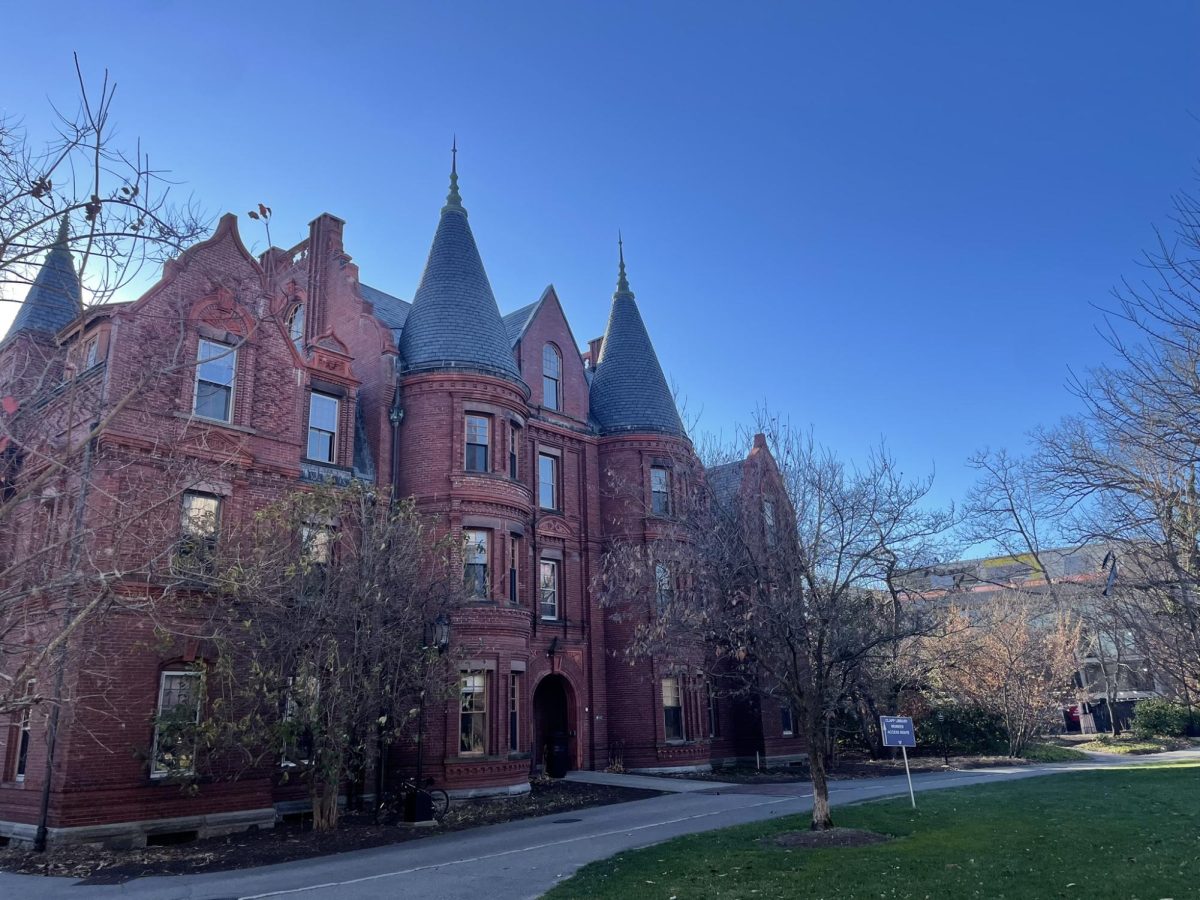As early as 2012, Wellesley students have been lobbying the college administration to revise its multicultural requirement. Now that the college is undergoing the accreditation process, the administration is nally listening to the concerns that students have been raising for years. Given that Wellesley prides itself on diversity and providing students with a well-rounded liberal arts education, it is strange that it does not give students a more ample description of the requirement that fully explains its importance. Without a clear description of what is considered to be a multicultural course, the college will not be giving their students a well-rounded liberal arts education or readying them to grapple with important issues outside of Wellesley.
One of the common grievances voiced by students is that the requirement itself is confusing because there is so little explanation about which courses fulfill it and what its purpose is. Currently, the college defines the requirement as, “one unit of coursework that focuses on African, Asian, Middle Eastern, Caribbean, Latin American, Native American, or Paci c Island peoples, cultures, or societies; and/or a minority American culture, such as those de ned by race, religion, ethnicity, sexual orientation, or physical ability; and/or the processes of racism, social or ethnic bias, or cross-cultural interaction.” While on the surface, this seems to be a sufficient description for the requirement, it is not well understood by most students. A majority of us, myself included, are always wondering if a certain course will count as fulfilling this requirement. As it is currently framed, the requirement is simply a checkmark on the list of classes students must take before they graduate. This composition of the requirement does not lend itself to being sufficient in providing a thorough education on minority or non-western disciplines. It makes the requirement students do not think too much about until they are filling out the form in order to graduate.
On its website, Wellesley provides a list of courses that students have used in the past to fulfill the requirement. The subject matter is wide in breadth, and the only similarity that these courses have with one another is that they all include “multicultural coursework.” Given that so many classes can count towards the multicultural requirement, it leads me to wonder what the college believes being proficient in multiculturalism is. As Wellesley students, it is important for us to understand cultures and perspectives different than our own. After graduating, we want to be able to use the education we have received to confront adversaries that may direct bigoted or hateful rhetoric at us or at those around us. In addition, after our Wellesley education, we should be equipped with knowledge that will enable us to be good allies to marginalized groups.
It should not be the job of those persecuted to always speak out against bigotry. It is the job of all allies to educate themselves on issues of race, culture and power. Wellesley should facilitate this learning and make it integral to our academic experience. The multicultural requirement has the potential to be a pillar of a unique Wellesley education if the Academic Council drafts a definition that gets to the heart of the nuance and complex interactions that are at play in a multicultural discipline. In my opinion, it is impossible for professors, no matter how qualified, to teach their students the complexities of multicultural scholarship in one semester-long course. Distribution requirements include multiple language and literature courses as well as math and science courses. We need to give this same attention to the multicultural requirement. One of the solutions that numerous students have proposed is listing on the course browser which courses fulfill the multicultural requirement. This would give the requirement the same standing as other distribution requirements. Understandably, students are concerned about having too many distributions to fulfill.
If the requirements overlap as they do now, however, it could definitely be possible. We could easily increase the number of multicultural courses required while keeping the number of requirements the same. Furthermore, the college could require that when fulfilling humanities and social science distribution requirements, students must choose a multicultural course. For example, out of the three language and literature classes a student must take, one of those courses must be multicultural.
Before we get to this point, however, the college must consolidate the definition of multicultural requirement to not only make it clearer, but also to t the needs of the student body. But they will not do this of their own volition. Through the activism of students on campus, we can lobby the administration and those on the accreditation board to place a greater emphasis on a multicultural curriculum that reflects the needs of the student body, both during our years at Wellesley and beyond.



